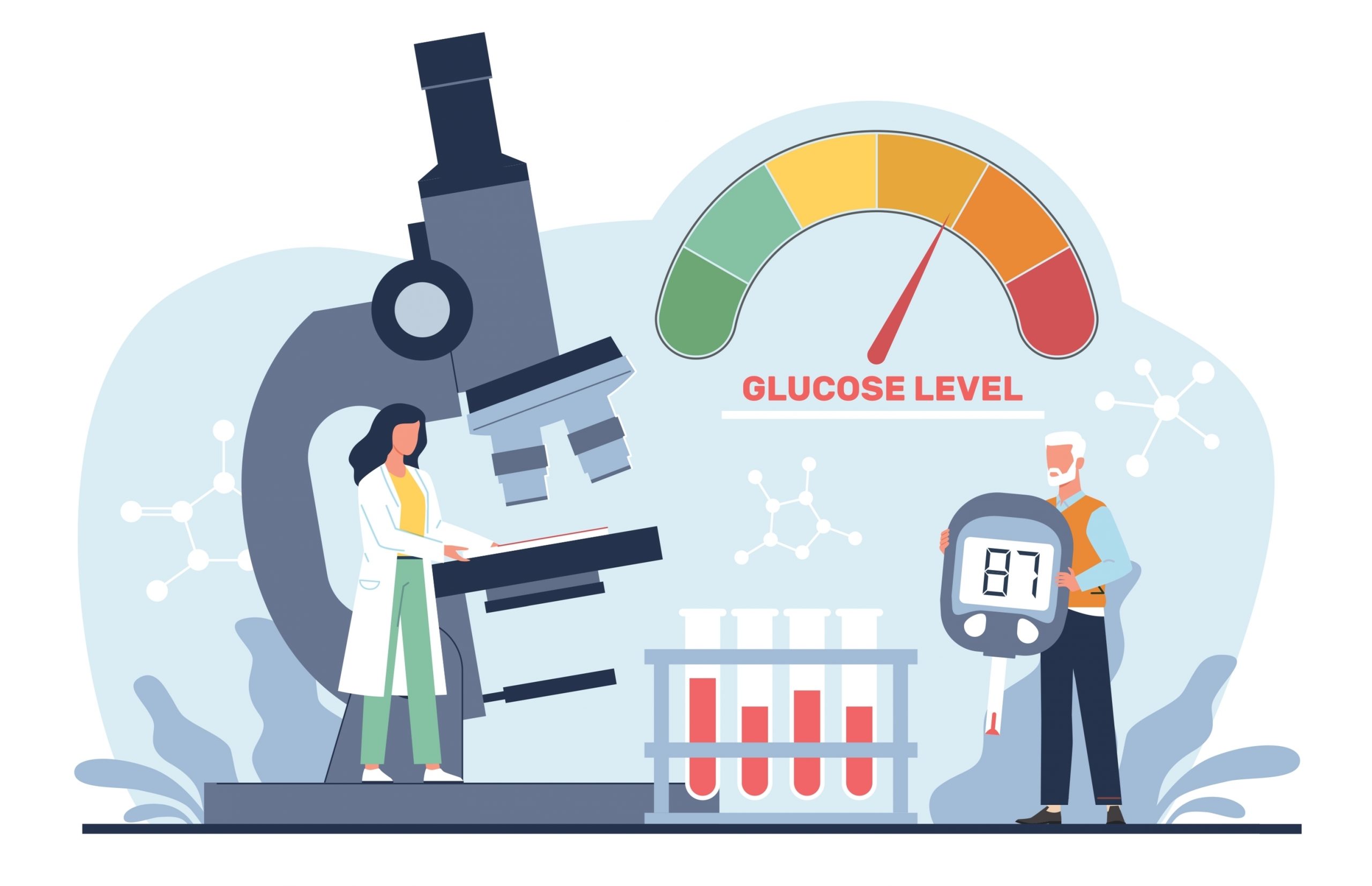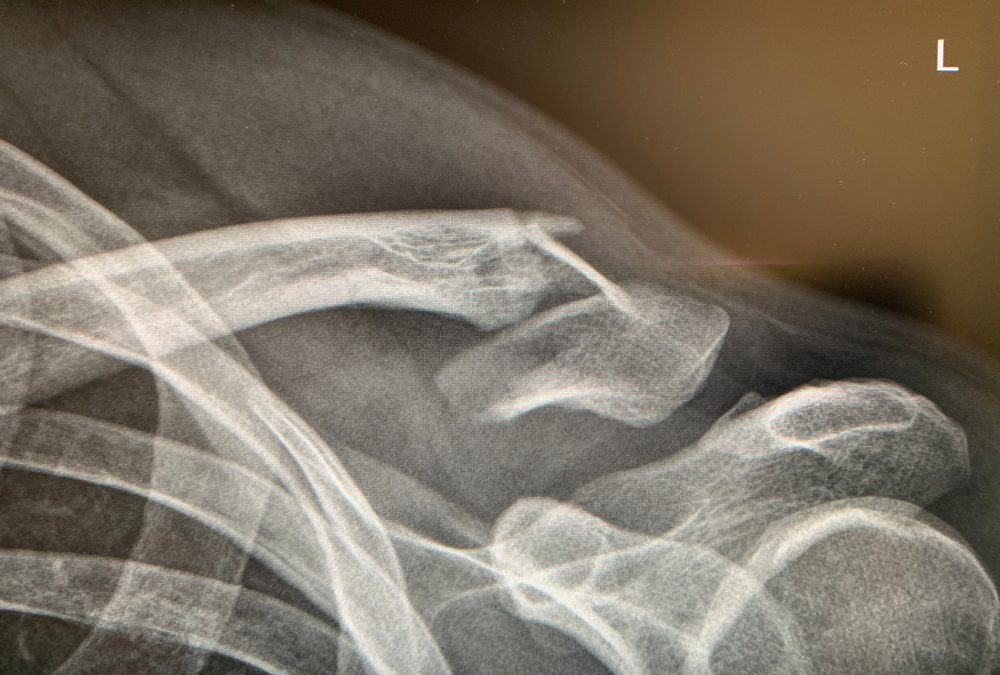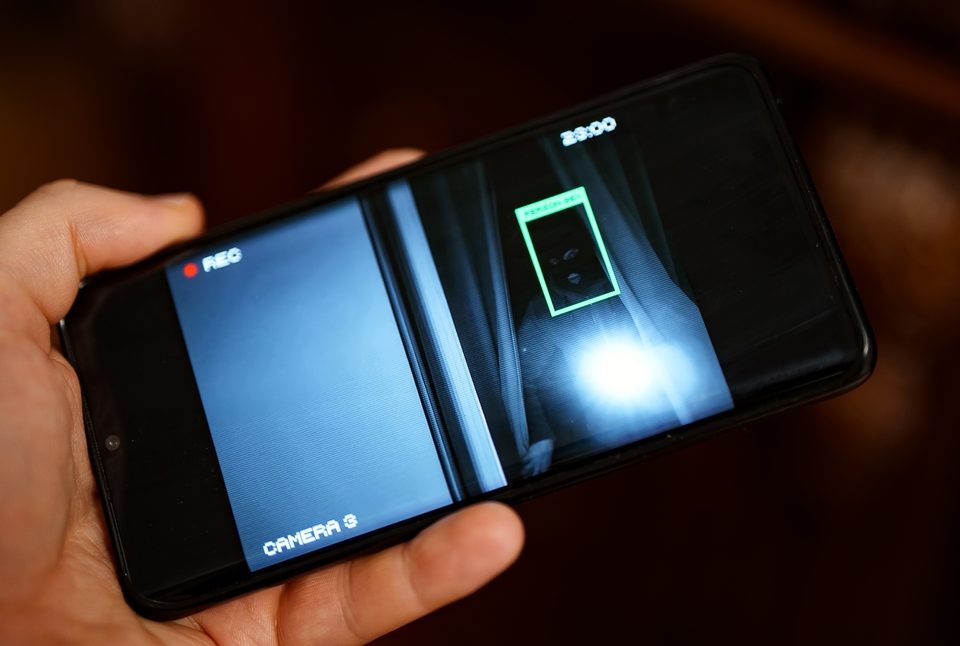
The New Pathway For The Management of Hyperglycaemia In ED
8th January 2024
What is an Expert Witness?
12th February 2024You would think that a fracture is one of the easiest conditions to diagnose. However, as many negligence lawsuits would attest, diagnosing fractures is not always straightforward and there are several reasons why fractures can be missed or misdiagnosed.
The consequences of missed fractures
A missed fracture can mean either a minor inconvenience with minimal pain or serious consequences and lifelong complications for the patient, particularly if there are significant delays to treatment. Many missed fractures occur initially in Emergency Departments, resulting often in a financial penalty for the NHS. Here we will look at the most common reasons for missed fractures.
Missed fractures in radiography
When a fracture is suspected the first point of call is the x-ray department. Unfortunately, one of the main causes of diagnostic error is failing to interpret x-ray images correctly. Minor fractures can be mistaken for old injuries or appear within normal parameters. The choice of imaging type is important in identifying fractures. If the wrong type of imaging is ordered, if the images are of inadequate quality, the wrong part of the skeleton or incomplete views are taken this may result in a missed diagnosis.
Subtle fractures
Some more subtle fractures such as stress or hairline fractures may have no discernible symptoms or signs of fracture and this makes them more difficult to detect. This is often a problem when the bone has a thin outer layer ( cortex) such as the scaphoid or talus where a fracture may not be visible in the acute phase. Sometimes they can be mistaken for sprains.
Patients’ complex anatomy
Certain anatomical structures for example in the small bones of the hands or feet can make it more difficult to identify fractures. In a patient who has had previous fractures or soft tissue injuries, fractures may not initially be discernible. If the Emergency Medicine clinician has any doubt about the images they should ask a radiologist to examine the images taken of patients with a complex anatomy or previous complications before the patient is discharged from the Emergency Department. They may suggest further imaging to prevent a fracture being missed.
Delayed symptoms
In some cases, the symptoms of a fracture may not be immediately apparent even to an experienced doctor as the patient may not be experiencing any pain or swelling initially. Some patients may even downplay the severity of their injuries – particularly the older generation who tend to be more stoical. A patient may not wish, for whatever reason, to provide accurate information about how they acquired their injury or about whether they are feeling any pain or discomfort. All these can make it difficult to accurately assess the situation and can lead to a misdiagnosis with ultimately a delay in getting the correct treatment.
Multiple injuries
When a patient has sustained multiple injuries it is normal for doctors to first concentrate on assessing the more severe or life-threatening injuries, and in these cases, it is easy to overlook a less serious fracture.
Inexperience
An inexperienced radiographer or clinician may have a higher likelihood of missing fractures if they are unfamiliar with certain presentations or patterns of injuries. In all but the simplest of fracture injuries it is advisable that if there is doubt about the images the clinician should ask for a more senior clinician to review the patient and the images.
This is also why all X-rays taken in the Emergency Department should be formally reported by the radiology team and positive results sent back for review by a senior Emergency Medicine clinician.
Stress and time pressures
Within a fast moving Emergency Department there is always relentless pressure to get patients seen and referred on, given treatment or cleared for discharge. This coupled with the high levels of stress experienced by health professionals at all levels can affect the ability to evaluate and correctly diagnose a patient’s condition.
Conclusion
It is crucial that patients communicate their symptoms to doctors correctly and even more crucial for doctors to take extra time if necessary to actively listen in order to carry out a thorough evaluation and order the appropriate imaging type where necessary. That way they can make a correct diagnosis. If there is a suspicion that a fracture may have been missed and a patient asks for a second opinion, this request should not be dismissed. Similarly, if a doctor is unsure whether there is a fracture they should not be afraid to seek a second opinion from a more experienced colleague.




